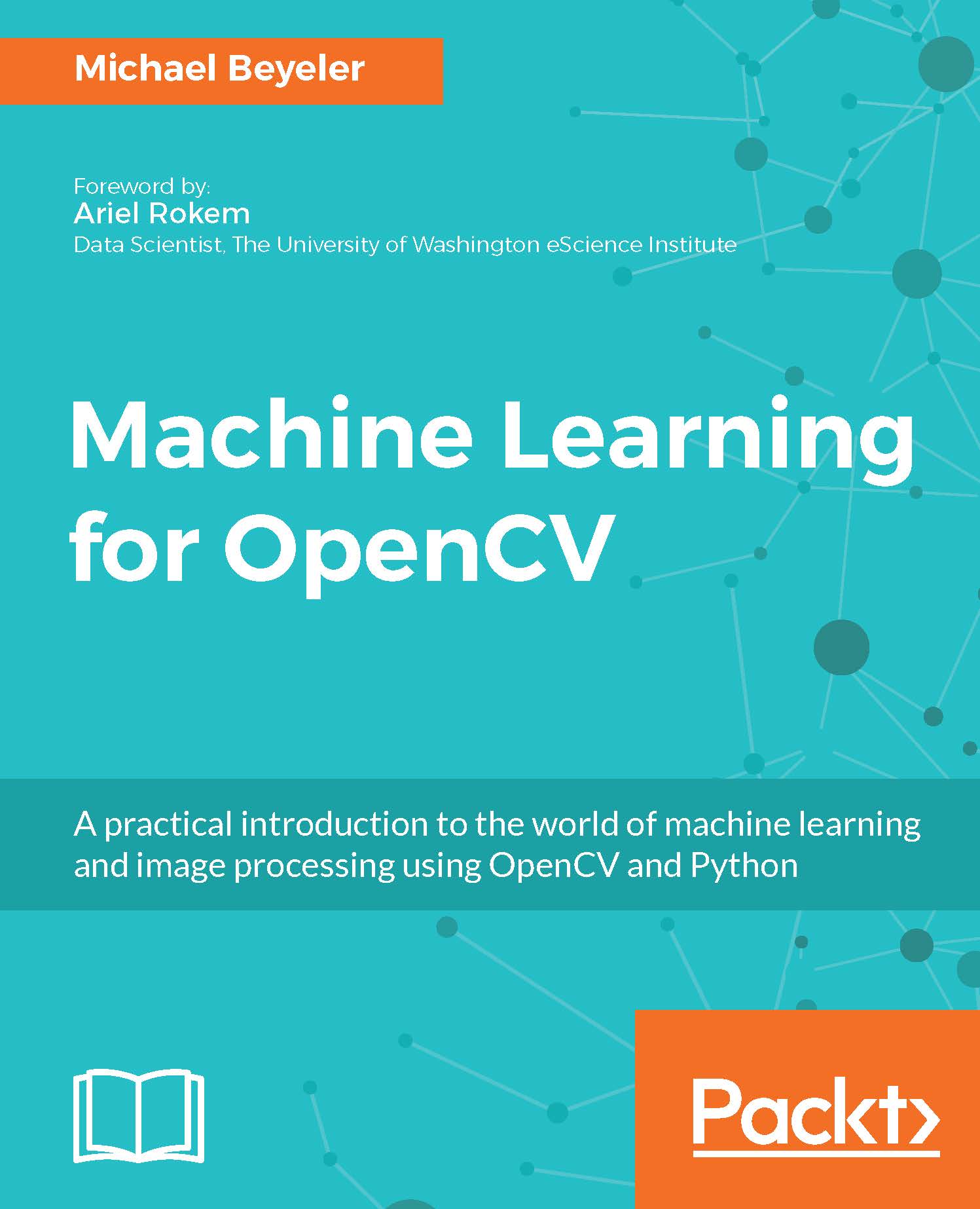In the last chapter, we built our very first supervised learning models and applied them to some classic datasets, such as the Iris and the Boston datasets. However, in the real world, data rarely comes in a neat <n_samples x n_features> feature matrix that is part of a pre-packaged database. Instead, it is our own responsibility to find a way to represent the data in a meaningful way. The process of finding the best way to represent our data is known as feature engineering, and it is one of the main tasks of data scientists and machine learning practitioners trying to solve real-world problems.
I know you would rather jump right to the end and build the deepest neural network mankind has ever seen. But, trust me, this stuff is important! Representing our data in the right way can have a much greater influence on the performance...


